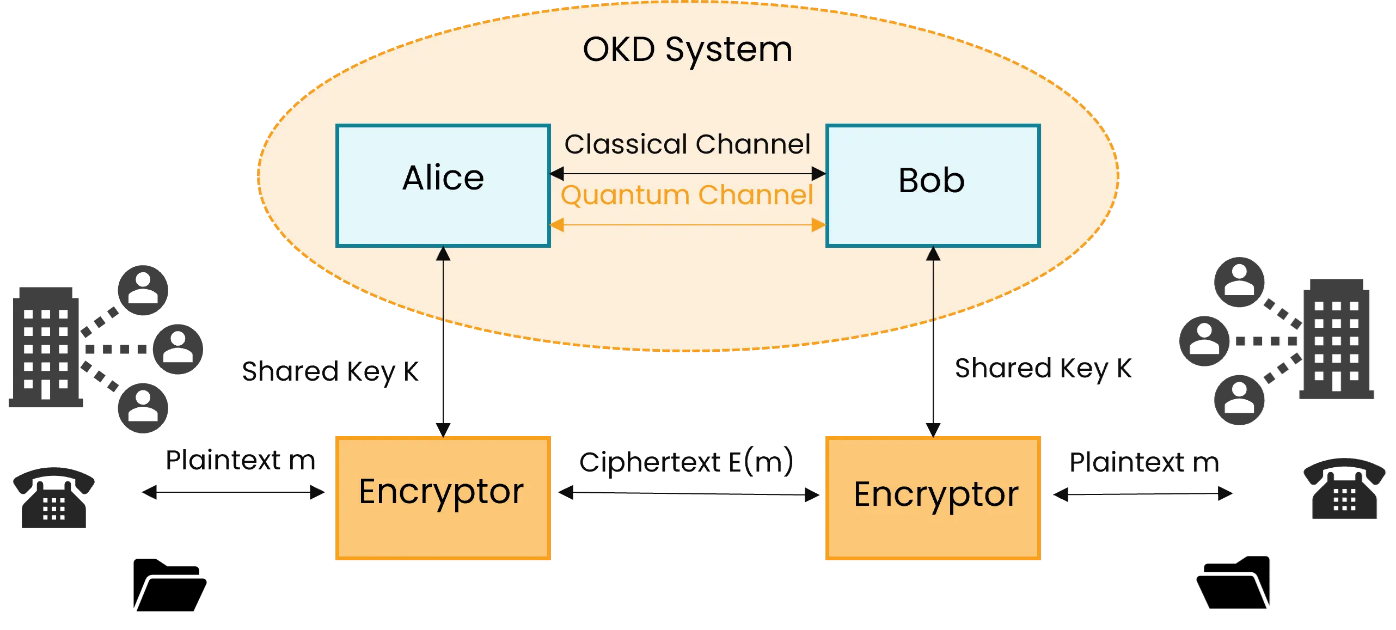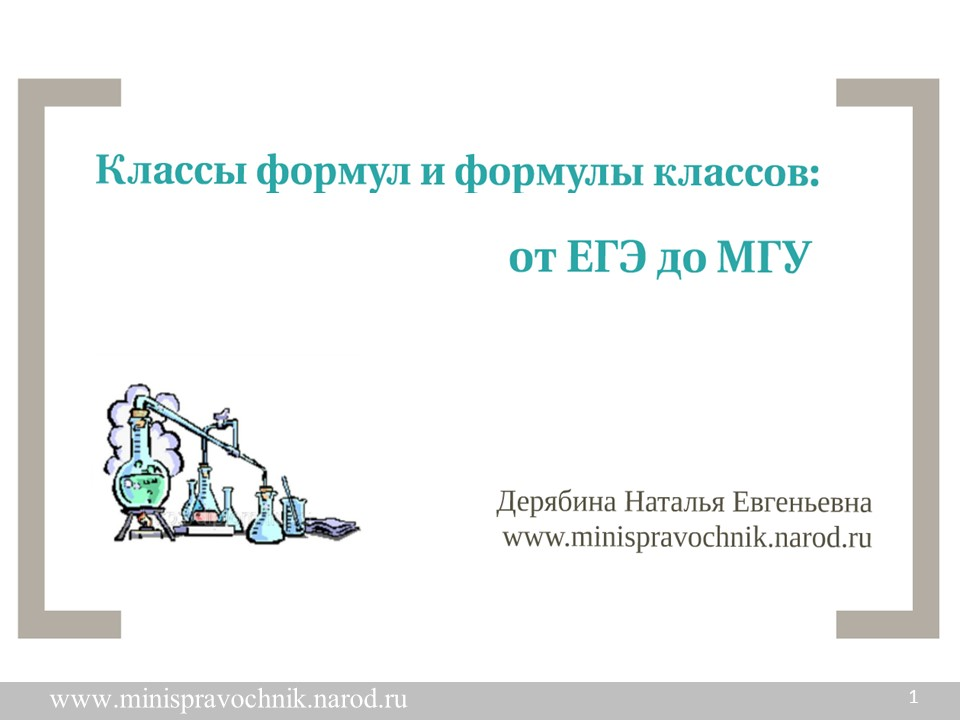Post-Quantum Cryptography's Ascent: Algorithmic Advancements And Migration Timelines Fuel Market Growth

Table of Contents
Algorithmic Advancements Driving Post-Quantum Cryptography Adoption
The core of Post-Quantum Cryptography lies in its diverse range of algorithms designed to withstand quantum attacks. Several promising approaches are currently under development, each with its strengths and weaknesses.
Lattice-Based Cryptography
Lattice-based cryptography leverages the complex mathematical structures of lattices—regular arrangements of points in high-dimensional spaces. Its resilience stems from the difficulty of solving certain lattice problems even for quantum computers. Key advantages include its efficiency and versatility, making it suitable for various applications.
- Key Algorithms: CRYSTALS-Kyber (selected by NIST), NTRU.
- Advantages: Relatively fast, flexible, and adaptable to different cryptographic tasks.
- Current Adoption: Gaining significant traction, with CRYSTALS-Kyber already slated for standardization.
- Future Projections: Expected to become a dominant force in the PQC landscape.
Code-Based Cryptography
Code-based cryptography relies on the difficulty of decoding random linear codes. Its security is rooted in the complexity of finding solutions to error-correcting code problems, a task computationally challenging even for quantum computers.
- Underlying Principles: Based on algebraic coding theory.
- Key Algorithm: McEliece.
- Security and Performance: Offers strong security but can be less efficient than other PQC approaches.
- Limitations: Relatively large key sizes compared to other methods.
Multivariate Cryptography
Multivariate cryptography builds upon the difficulty of solving systems of multivariate polynomial equations. The security of these systems relies on the computational hardness of finding solutions to these equations, a problem believed to be resistant to quantum algorithms.
- Mathematical Foundations: Uses multivariate polynomials over finite fields.
- Strengths: Potentially high performance.
- Weaknesses: Susceptibility to certain attacks, requiring careful algorithm design.
- Notable Algorithms: Rainbow, UOV.
- Suitability: Well-suited for specific applications where performance is critical.
Hash-Based Cryptography
Hash-based cryptography utilizes collision-resistant hash functions to generate one-time signatures. While not directly resistant to quantum attacks, its inherent properties make it suitable for post-quantum environments, particularly for authentication and digital signatures.
- Concept: Relies on the one-time signature paradigm, offering strong security guarantees.
- Security Properties: Provable security under well-defined assumptions.
- Limitations: Limited to one-time use; key sizes can be relatively large.
- Relevant Algorithm: SPHINCS+.
- Role in PQC: Provides a valuable tool for specific cryptographic tasks.
Migration Timelines and the Post-Quantum Cryptography Transition
The transition to Post-Quantum Cryptography is a significant undertaking, requiring careful planning and coordination.
Government Initiatives and Standardization Efforts
The National Institute of Standards and Technology (NIST) has played a crucial role in standardizing PQC algorithms. This initiative has provided a crucial framework for widespread adoption, promoting confidence and interoperability. Other governments are also actively involved in supporting PQC research and development.
- NIST's Role: Standardization efforts help ensure compatibility and security across different systems.
- Global Initiatives: Many countries are investing in PQC research to ensure national security.
- Impact: Standardization significantly accelerates market growth by reducing uncertainty.
Industry Adoption and Challenges
Migrating to PQC presents several challenges, including the cost of implementing new systems, the complexity of integrating PQC into existing infrastructure, and ensuring interoperability between different systems. Despite these hurdles, various sectors are beginning to adopt PQC, demonstrating its practical applicability.
- Challenges: Cost, complexity, and interoperability issues pose significant barriers.
- Successful Case Studies: Implementation in finance, healthcare, and government sectors show promising results.
- Factors Influencing Adoption: Regulatory requirements, security concerns, and technological advancements play crucial roles.
Projected Timelines for PQC Implementation
Widespread adoption of PQC will be a gradual process, spanning several years. The timeline depends on several factors, including technological advancements, regulatory changes, and budget considerations.
- Realistic Timelines: Industry experts predict significant adoption within the next 5-10 years.
- Factors Affecting Transition: Technological maturity, regulatory mandates, and resource availability will influence the pace of adoption.
Market Growth and Investment in Post-Quantum Cryptography
The market for Post-Quantum Cryptography is poised for significant growth, fueled by increasing awareness of quantum computing threats and government initiatives.
Market Size and Projections
The market is currently experiencing rapid expansion, with projections indicating substantial growth over the next decade. Various market segments, including software, hardware, and consulting services, are contributing to this expansion.
- Market Size Estimations: Market research firms provide varying estimates, reflecting the rapid evolution of the field.
- Future Growth: High growth is expected due to increasing demand and technological advancements.
- Key Market Segments: Software solutions, hardware implementations, and professional services are major contributors.
Investment Trends and Funding
Significant investment is being channeled into PQC research and development, both from private venture capital and government funding agencies. This reflects the growing recognition of PQC's importance in securing critical infrastructure.
- Investment Levels: Venture capital and government funding are driving innovation and market expansion.
- Funding Sources: Private investors, government agencies, and research institutions are major contributors.
Conclusion: Securing the Future with Post-Quantum Cryptography
Advancements in Post-Quantum Cryptography algorithms, combined with the pressing need for quantum-resistant security and supportive government initiatives, are driving substantial market growth. The timely migration to PQC is not just a technological imperative; it's a crucial step in safeguarding our digital infrastructure against the emerging quantum threat. Don't wait for a quantum computing attack – explore Post-Quantum Cryptography options now to protect your valuable data and secure your organization's future.

Featured Posts
-
 Novye Obrazovatelnye Standarty Po Fizike I Khimii Dlya Doshkolnikov
May 13, 2025
Novye Obrazovatelnye Standarty Po Fizike I Khimii Dlya Doshkolnikov
May 13, 2025 -
 Resident Evil Afterlife Review A Critical Analysis
May 13, 2025
Resident Evil Afterlife Review A Critical Analysis
May 13, 2025 -
 Local Community Protests Trumps State Of The Union Speech
May 13, 2025
Local Community Protests Trumps State Of The Union Speech
May 13, 2025 -
 6 2 1 Mlb
May 13, 2025
6 2 1 Mlb
May 13, 2025 -
 Decoding The Nba Draft Lottery Rules And Procedures
May 13, 2025
Decoding The Nba Draft Lottery Rules And Procedures
May 13, 2025
